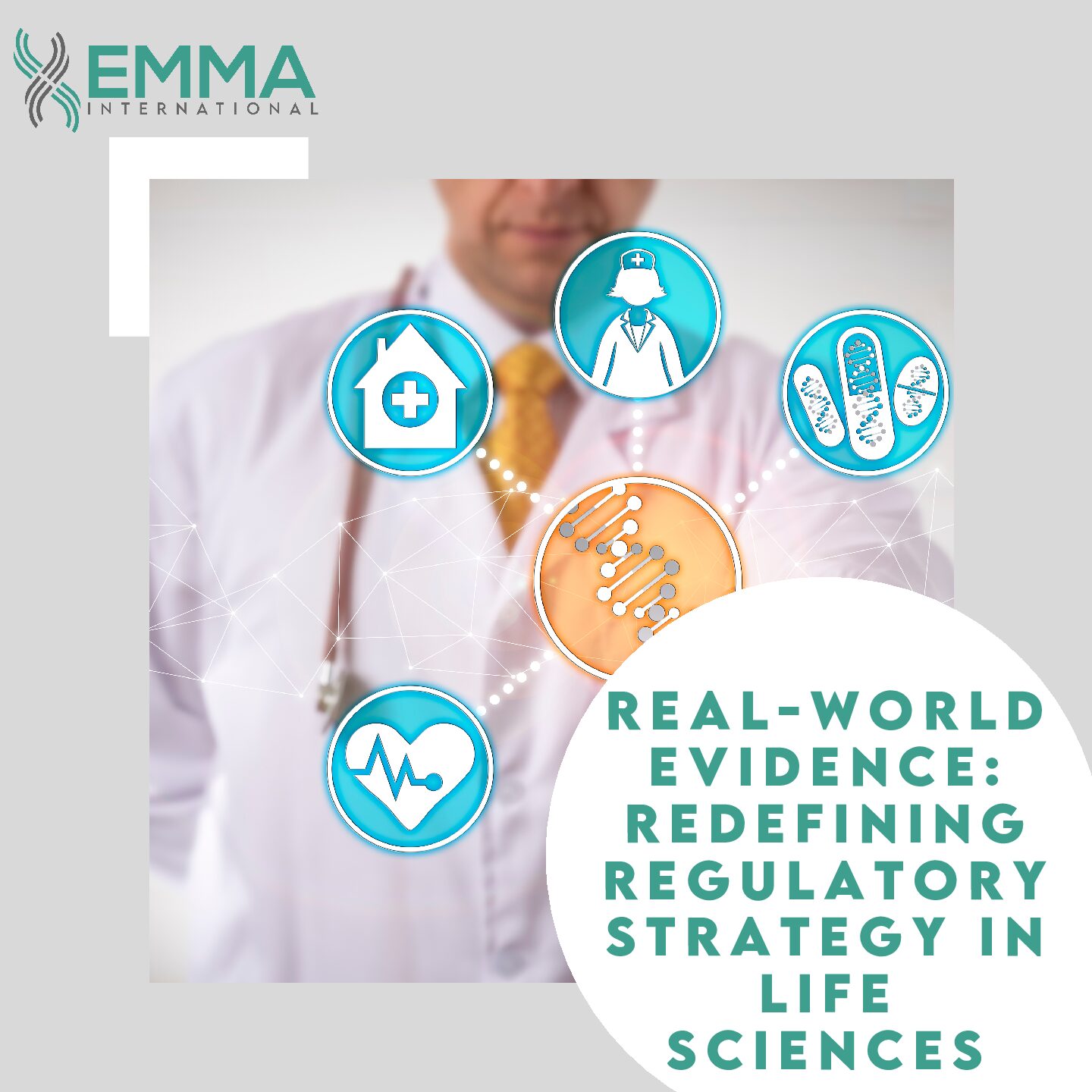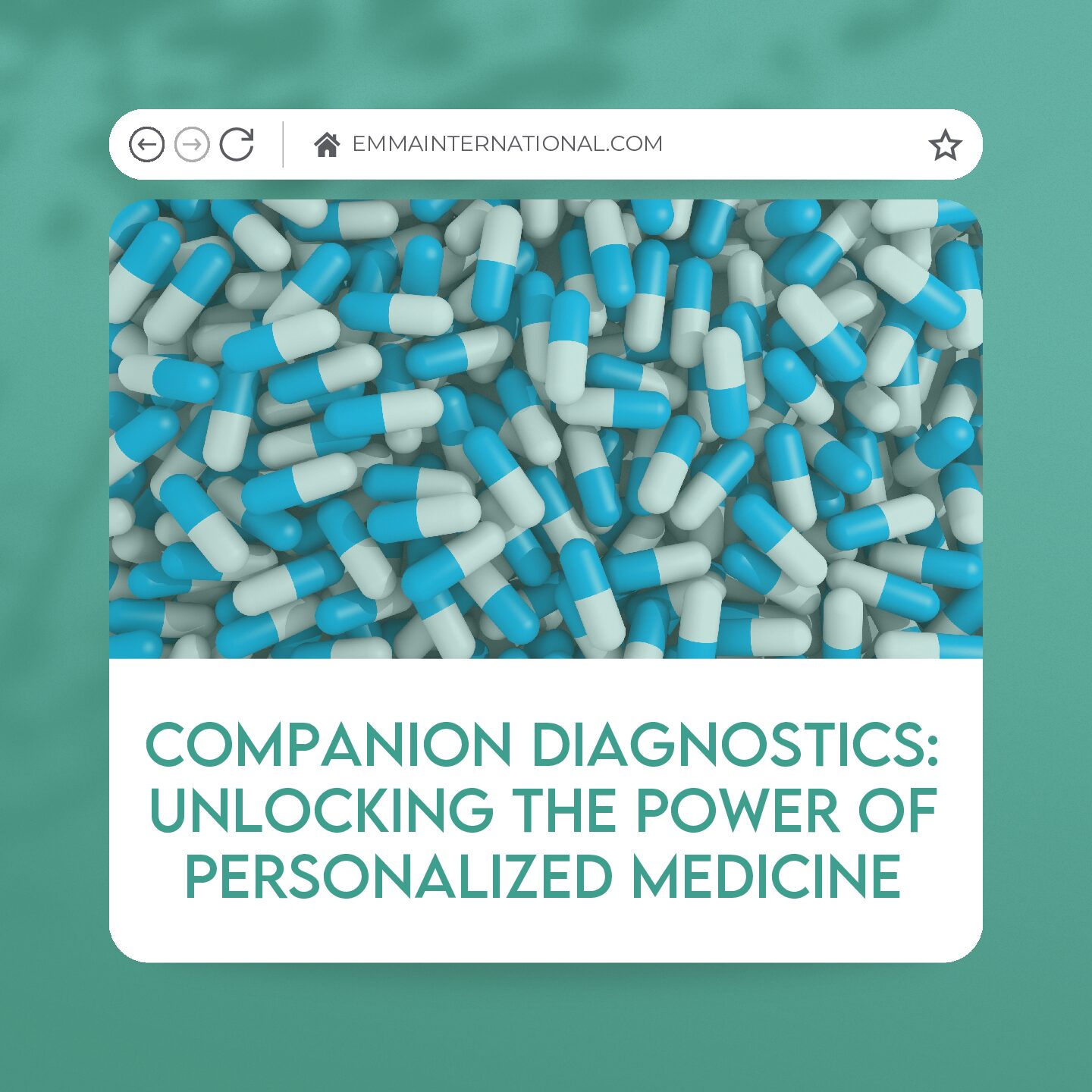Posted By: Stephanie Bouzounis, Senior Communications Specialist
The first month of 2018 is in the books, and for the Medical Device industry the outlook appears positive.
The first big news item is the Medical Device tax. At the start of the year, it was initially reported by Mass Device that the tax levy was back in effect after a two year pause (2016-2017). Last year closed without action on the 2.3% excise tax on medical device revenues. The IRS announced that it would not enforce penalties on medical device companies in the first three months of 2018, so long as those companies made an effort to make payments on time. There’s also currently nine bills in Congress that could eliminate or delay this tax altogether. Reiterating this point in a January Webinar, the Medical Device Manufacturers Association (MDMA) made it clear that resolution on the medical device tax would be needed sooner than later.
In addition, MDMA has been working to improve coding, coverage, and payment to increase patient access to new medical device technologies, specifically, on the EXCITE PACER proposal with the Centers for Medicare & Medicaid Services. EXCITE, or Expedited Coverage of Innovative Technology, was a rule created by CMS after the PACER proposal challenged CMS to cover new devices. This would have created a new regulatory pathway to increase Medicare and Medicaid patient access to new medical devices, however, CMS withdrew from this effort.
The FDA will continue its efforts in implementing the Medical Device User Fee Amendments IV (MDUFA IV) and the Cures Act this year, which would enable a risk-based approach to inspections and drive the emphasis of quality management. MDMA will continue to drive greater accountability and consistency regarding these policies to create more ease in the FDA application process.
The FDA had a record year in 2017 by approving a total of 95 new medical devices. They credit this to a streamlined process in clinical development protocols where data can be gathered through post-market studies as opposed to pre-market studies, as well as the 21st Century Cures Act. The FDA hopes that clarification to low- and moderate-risk manufacturers will eliminate unnecessary submissions, and subsequently allow the device to get to the patient (consumer) quickly. This coincides with the FDA’s effort to review innovative technologies like regenerative medicine and 3D-printed medical devices. Dr. Scott Gottlieb, the FDA Commissioner, notes in a blog titled “Reflections on a Landmark Year for Medical Product Innovation and Public Health Advances and Looking Ahead to Policy in 2018”, “2018 holds promise in even more areas where the agency will take steps to advance beneficial innovation by adopting new measures to make sure our processes are efficient, human and animal products are safe, and practical solutions are implemented that protect and promote the public health.”
Looking to the future, guidance in navigating emerging technologies and the corresponding FDA regulations will be necessary for anyone involved in the medical device industry.
Have a question we didn’t answer? Feel free to comment below or reach out to us at info@emmainternational.com or (248) 987-4497. For related blogs on FDA rules and manufacturing, check out the following from our site:






